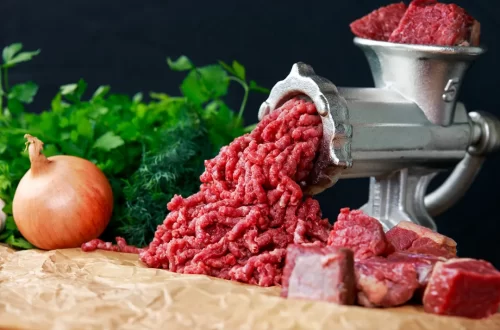Whipped cream, a staple in both professional kitchens and home baking, is often seen as a simple, sweet topping. However, the precision behind achieving that perfect light and airy texture is much more complex than meets the eye. One key factor that plays a pivotal role in the creation of whipped cream is the pressure regulator within whipped cream dispensers. This small but crucial component governs the release of gas into the cream, which in turn has a direct effect on the texture, consistency, and volume of the final product. By understanding how whipped cream pressure regulators function, chefs and bakers can unlock new culinary possibilities, achieving more consistent and desirable results in their creations. At the heart of every whipped cream dispenser is a nitrous oxide (N₂O) cartridge. When the cartridge is activated, nitrous oxide is released under pressure into the cream, causing it to expand as it incorporates air, forming the fluffy, whipped texture that is beloved in desserts, beverages, and garnishes. The pressure regulator ensures that the gas is released at a controlled rate, preventing over- or under-whipping, both of which can drastically affect the outcome.

A cream that has been over-pressurized may result in an overly stiff, dense product, while under-pressurization can produce cream that is too runny or lacks the desired aeration. With a properly functioning pressure regulator, chefs can achieve a consistently balanced texture, whether they are working with traditional whipped cream or infusing the cream with other flavors. In addition to creating the right texture, pressure regulators provide the precision needed to maintain consistency across batches. In a professional kitchen, consistency is essential for ensuring that every dish meets the same high standards. Whether it is whipped cream for topping a slice of pie, adding finesse to a cup of hot chocolate, or acting as a base for more complex foams and mousses, the pressure regulator gives chefs the control they need to replicate the desired outcome time and time again. This ability to manage the whipping process with precision also opens the door to experimentation. By adjusting the pressure, chefs can explore different textures—from light and airy to firm and structured—that can complement various dishes in unique ways.
Furthermore, the modern whipped cream dispenser, with its nitrous oxide regulator gas release, allows for the incorporation of new ingredients beyond just heavy cream. Chefs can experiment with alternative bases like coconut cream, flavored syrups, or even savory ingredients such as cheese or herbs. The pressure regulator ensures that these non-traditional mixtures still maintain the right level of aeration, leading to innovative textures and flavor profiles. Whether enhancing a dessert or creating a savory foam, the whipped cream dispenser with its pressure-regulated system expands the culinary toolkit, allowing for creativity while ensuring precision. In conclusion, whipped cream pressure regulators serve as an essential tool for elevating culinary creations. By controlling gas release, they provide chefs and bakers the precision needed for consistent textures, open doors for experimentation with flavors and ingredients, and ensure that the art of whipped cream remains as dynamic as it is delicious.
